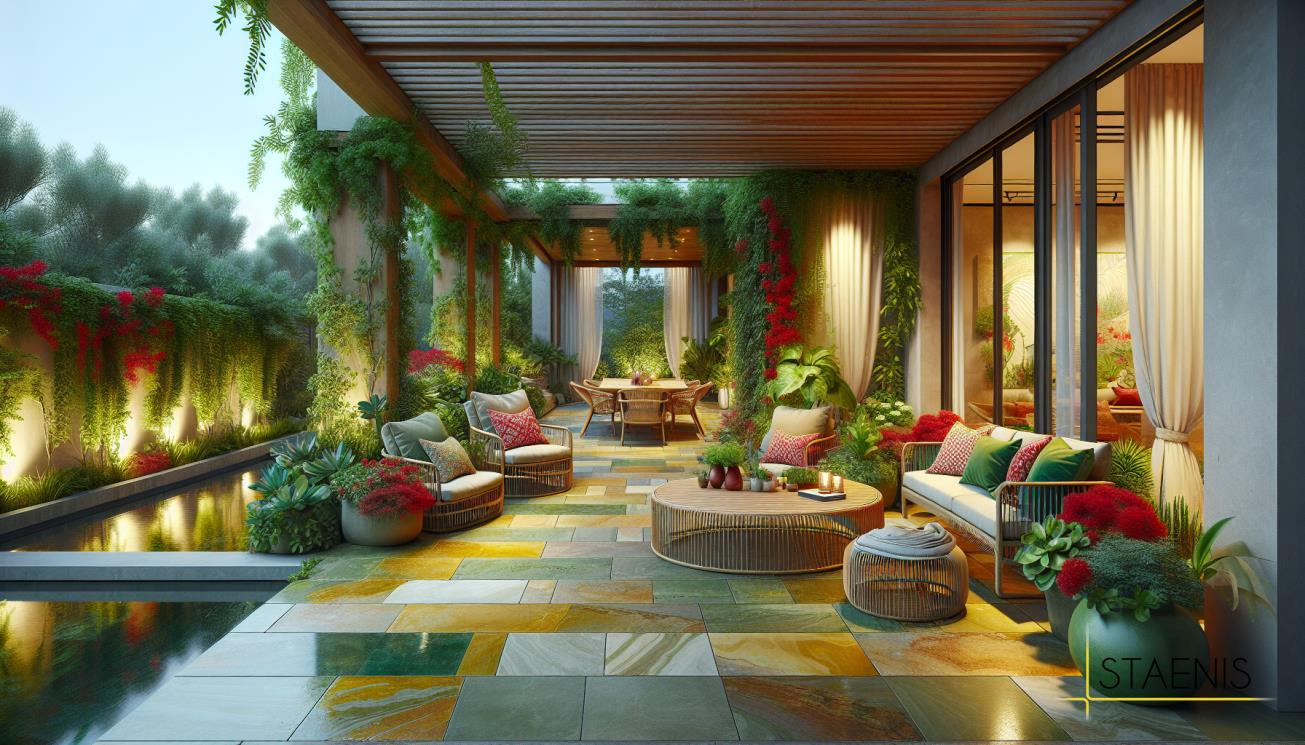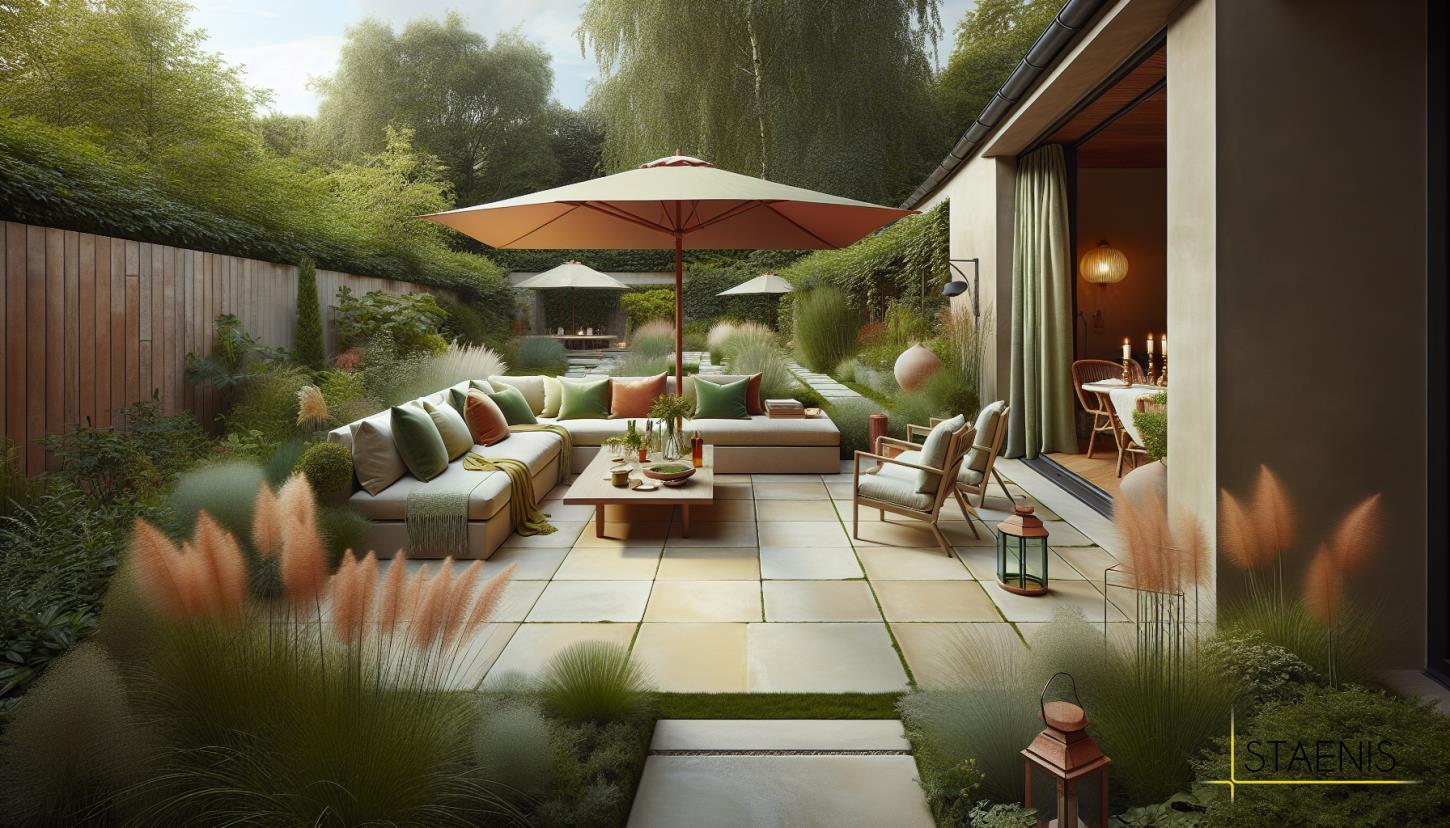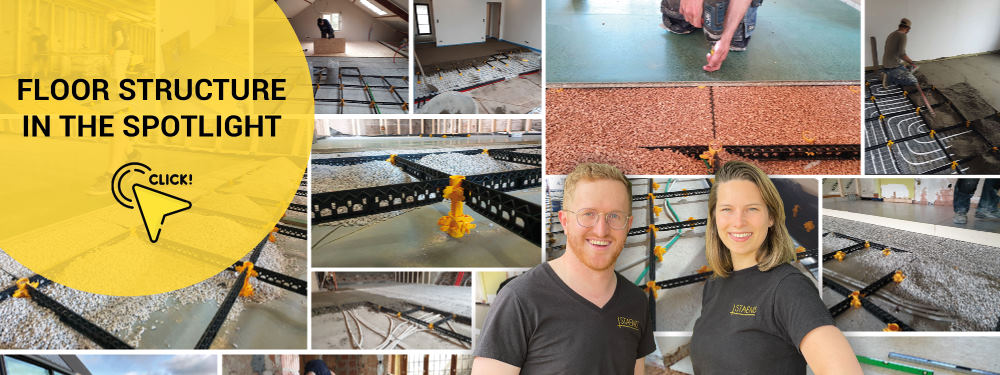Drainage mortar vs Screed: Best Choice for a Terrace
A customer has questions about the use of drainage mortar and screed for the substrate of his terrace. A Staenis employee advises that drainage mortar is a better option than screed for a fully water-permeable structure, as water can drain away better and there is no risk of moisture damage during freezing or heating. For the finish, the drainage mortar can be covered with a few millimeters of screed or left exposed, provided all loose grains are removed before tiling. The employee recommends using screed from Knauf or Weber. For the tile joints and adhesive, the employee advises flexible silicone grout and S1 tile adhesive.
More information about terrace floor construction and tile adhesive can be found on the Staenis website.
- For more details about the construction of a terrace floor, visit the Staenis Terrace Floor Construction page.
- Information about the correct tile adhesive can be found on the Staenis Tile Adhesive Blog.
- For more information about the correct silicone joint compound, see Staenis Elastic Polymer Joint Sealant.
Do you have questions about the best subfloor for your terrace? According to our experts, drainage mortar is an excellent choice for a water-permeable structure, which prevents moisture damage during freezing or warming weather. For an optimal finish, this drainage mortar can be covered with a thin layer of screed. Discover more about the right materials and methods for your terrace floor on our website.
Learn more about terrace floor construction
Gerelateerde artikels:

Discover whether cement-based leveling is necessary for your screed with Staenis. Choose between tile adhesive or leveling for perfect tiles.

Discover whether cement-based leveling and primer are needed for your bathroom. Learn more about direct tiling and waterproof floors. More info here!

Discover the right products for your terrace construction. Visit Staenis for advice on primer for screed or stabilisé and choose the perfect floor structure.








